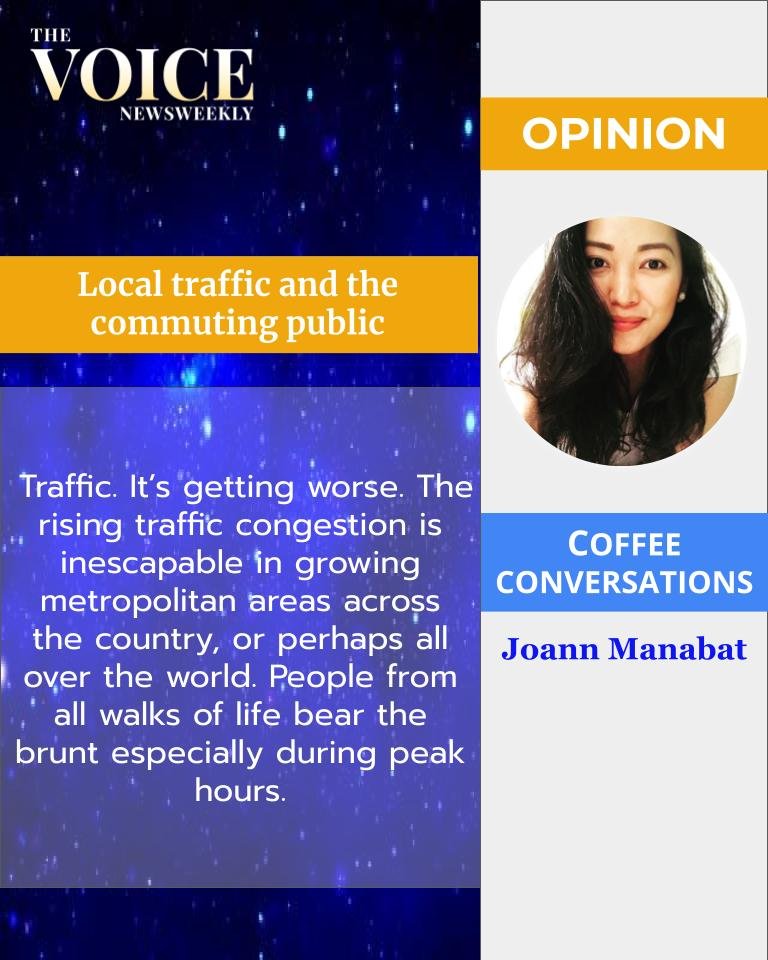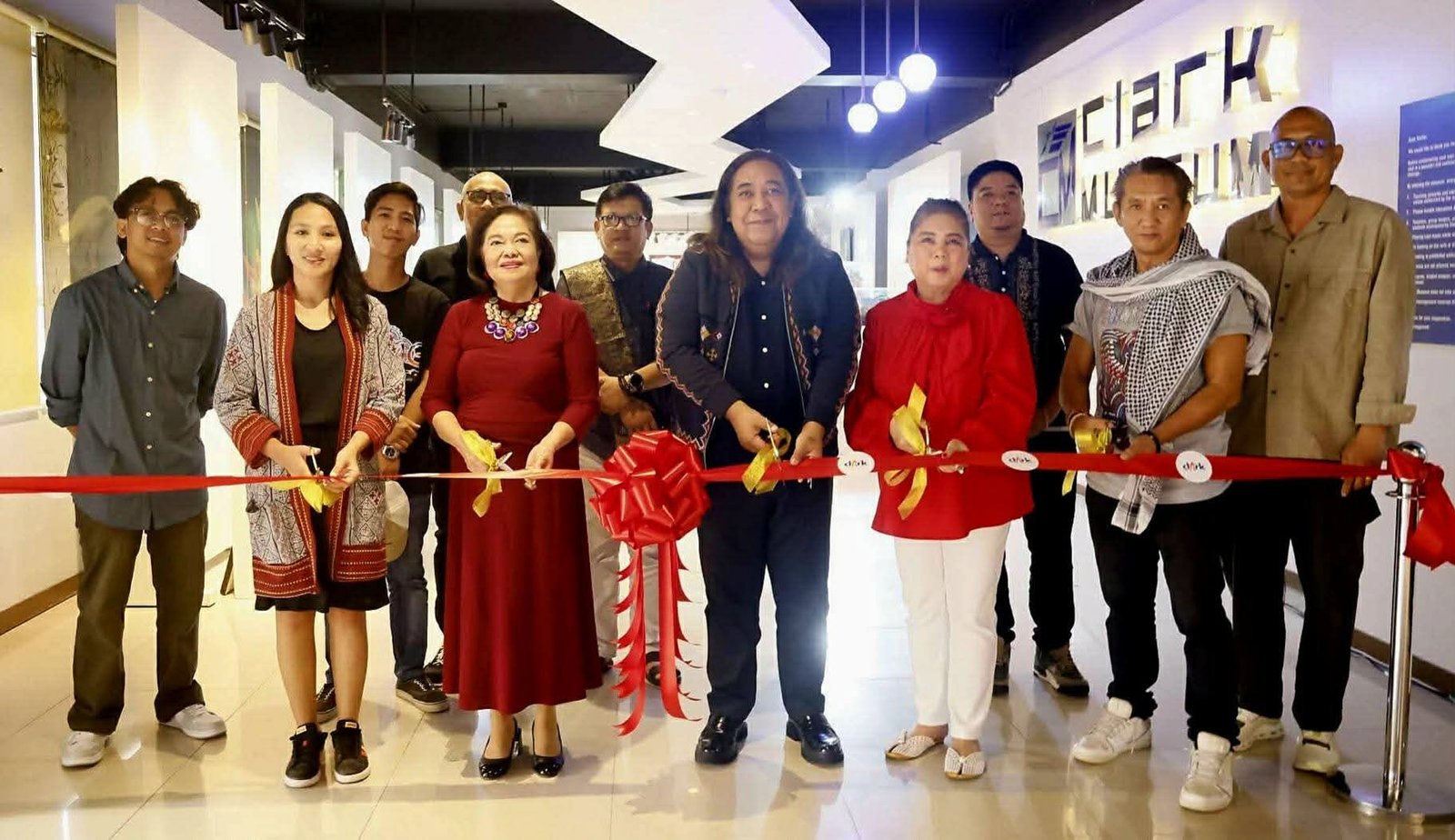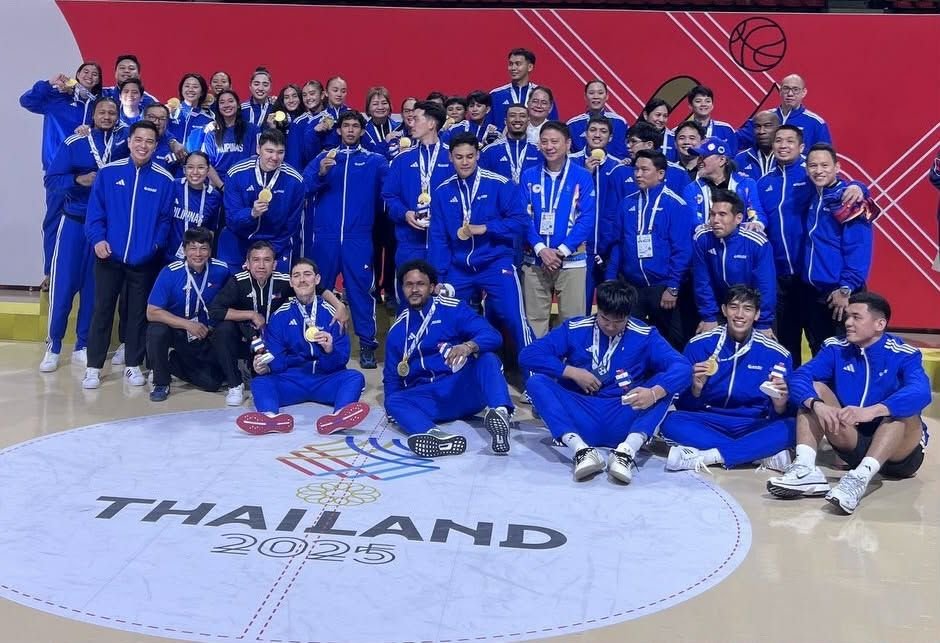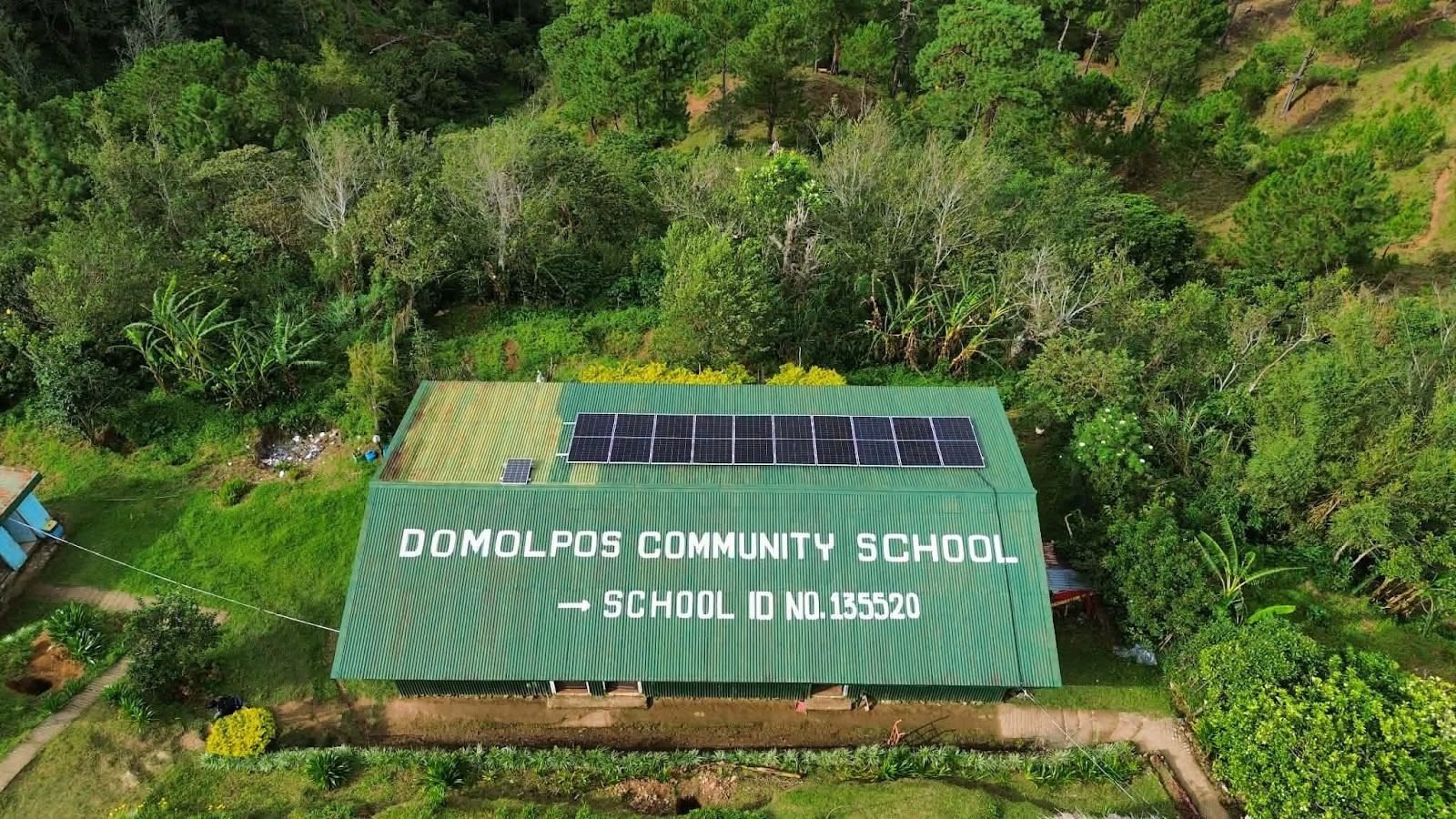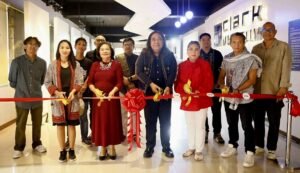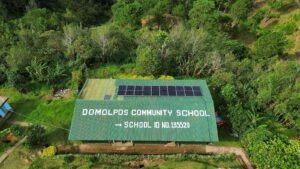By Joann Manabat
Traffic. It’s getting worse. The rising traffic congestion is inescapable in growing metropolitan areas across the country, or perhaps all over the world. People from all walks of life bear the brunt especially during peak hours.
Yet, two years ago, the COVID-19 lockdown turned roads into temporary deserted concrete – abandoned and empty. Mobility does change over time.
In a bid to ease traffic conditions here, Angeles City has strictly implemented Ordinance No. 609 s. 2021 in September. The city now prohibits public utility jeepneys who are operating outside city limits to enter its boundaries.
However, commuting from the northbound has long been in this manner where passengers must get off at the point of boundary and transfer to another jeepney in order to reach their destination within the highly urbanized city.
In a series of Facebook posts by netizen Irene Mae Manabat, she shared the plight of commuters traveling the Villa-Pampang-Telabastagan route and called the attention of the city’s incumbent public officials. Her lead post has reached 511 reactions, 17 comments, and 736 shares as of this writing.
I also belong to the commuting public. I usually ride a jeep, book a Grab, or hail a Blue Taxi for
me to get from point A to point B.
In such instances, commuters from Mabalacat City going to SM Clark must transfer to another
jeep somewhere between Barangay Dau or Astro Park in Barangay Balibago in order to reach the mall.
If commuters need to go to Angeles City proper, they must walk to the designated terminal located quite impulsively by the side of the road or all the way to the Central Terminal near Clark Maingate to get to their second ride – rain or shine.
Passengers coming from the southbound like the City of San Fernando have two options: those
who come from SM Pampanga queue up at the mall’s terminal going to SM Clark via NLEX while
those who passes by the McArthur Highway will have to get off at the SM Telabastagan terminal or somewhere at the border arch and ride another jeep to reach their destination.
Furthermore, Marquee Mall and Sandra Mall will be the drop off points for those traveling the east and westbound respectively.
Most commuters who travel in the morning tell a different story. The waiting time is longer since jeepneys become full during the morning rush hours where the chances to unload and load at random pick up points along the highway is next to none. I suppose, alarm clocks are usually adjusted to avoid being late.
In my line of work, my lack of driving skills and owning a car should not be a factor to limit my movement, coverage, and on-the-field work as much as possible. On several occasions that I had to travel to Lubao for coverage, I had to pay P2,000 for a Blue Taxi in a pick up and drop off point arrangement at SM Pampanga.
The meter rate went around P1,800 for the round trip and paid the driver an additional P200 for the waiting. Still, it was cheaper than renting a car which once had cost me P6,000 from Mabalacat City to Lubao. Public transportation is something local commuters need to figure out when going to distant towns. Convenience, however, comes at a price.
My usual commute from Angeles to Mabalacat can take between 30 minutes to about one and a half hours depending on the waiting time, the road congestion, and available transportation.
And with the minimum fare at P14, the plight of a commuter everyday is real and so does every
jeepney driver carrying the heavier load. Should the improvement of the traffic flow be at the
expense of the commuters and jeepney drivers?
There is a P600 million Cutcut flyover project at the Angeles-Porac intersection that is still ongoing. The construction was halted in 2021 due to lack of funding.
In Mabalacat City, the northern extension of the Clark-Mabalacat-Angeles road (CMAR) is still closed due to some right-of-way issues. A 70-meter road that is part of the CMAR extension is yet to be constructed that is supposed to lead to an exit in Barangay Dolores – possibly improving traffic significantly in Mabalacat City.
CMAR, by the way, was opened to motorists in 2017. How are road widening projects being approved? Are these a solution that may soon be impractical and also expensive? Can the government build enough to solve the rising congestion?
Both of these projects aim to ease traffic in their respective areas. There has been a noticeable increase of vehicles everywhere. How are existing laws being implemented when unregistered vehicles are still on the road as well as smoke belchers.
Some Grab and Blue Taxi drivers do avoid passengers trying to book during peak hours. Friday rush
hours are even more terrible. How will the local government expand public transportation? Will
the time come that we need to shift some local economic activity?
I belong to the commuting public. With our fare paid and fingers crossed, may this not turn into
a new culture of public commute and transportation where we try to escape our way out of
traffic congestion in a swerving motion.

